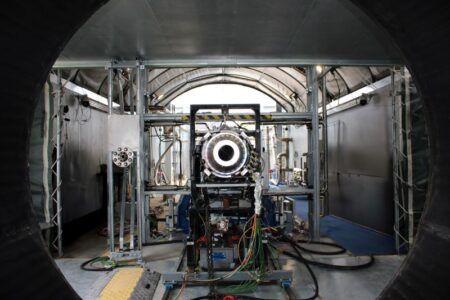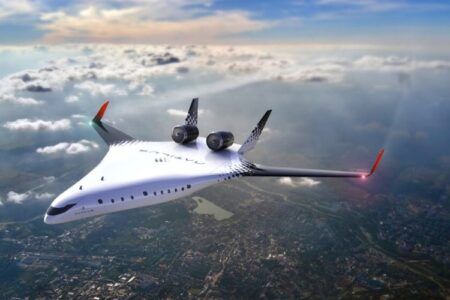The Perlan 2 stratospheric glider has departed from the USA aboard a container ship on the first leg of a journey that will end in El Calafate, Argentina, by mid-August. The journey marks a transition from a successful six-month flight test program in Minden, Nevada, to mission flights in Argentina’s Patagonia region, where wind conditions will allow the team to begin high-altitude aerospace and climate research.
“The project has achieved its test flight objectives in the USA and now we’re ready to head to Argentina, where we will attain critical knowledge about our atmosphere. During our research flights we hope to set a new world altitude record for gliders,” said Ed Warnock, CEO of the Perlan Project.
The Perlan 2 glider is a pressurized sailplane designed to ride updrafts called “mountain waves” that, in certain regions near the north and south poles, can reach into the stratosphere. For a brief period in August and September every year, the weather in the Andes mountains near El Calafate is often just right to generate these elusive stratospheric mountain waves.
The glider is designed to ride these waves up to 90,000ft without requiring the two-person crew to wear pressure suits. Although this summer’s research program will likely focus on lower altitudes, project pilots may still break the world gliding altitude record of 50,671ft, which was set in 2006 by Steve Fossett and Perlan Project founder Einar Enevoldson in the unpressurized Perlan 1 glider.
Lacking an engine that would contaminate air samples, the Perlan 2 glider is uniquely able to collect data on upper-level weather patterns and the condition of the atmosphere, yielding new insights into climate change. The aircraft will carry experiments from earth scientists around the globe, as well as from school and university classrooms. Its flights in the upper atmosphere will also provide Airbus with valuable data on high-altitude flight.
Interested observers can track Perlan 2 on its journey to El Calafate and follow the progress of Airbus Perlan Mission II flights on Twitter via @PerlanProject and #PerlanPostcards.
See Aerospace Testing International’s report here.
July 22, 2016




